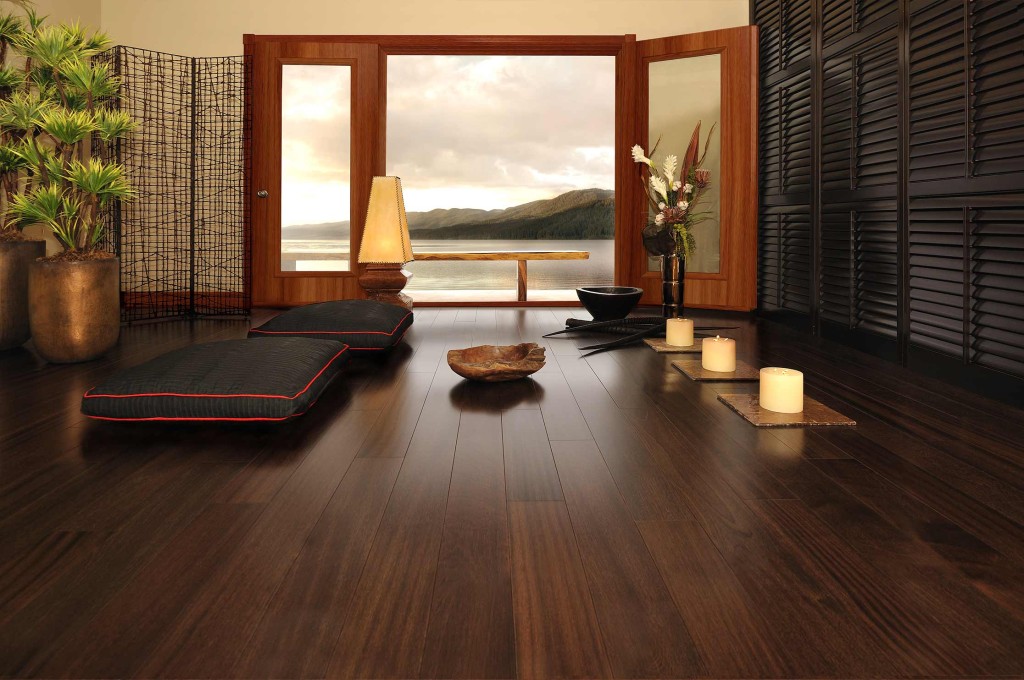HARDWOOD
Hardwood Wood flooring is any product manufactured from timber that is designed for use as flooring, either structural or aesthetic. Wood is a common choice as a flooring material due to its environmental profile, durability, and restorability. Bamboo flooring is often considered a form of wood flooring, although it is made from a grass (bamboo) rather than a timber. Wood Types […]
